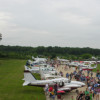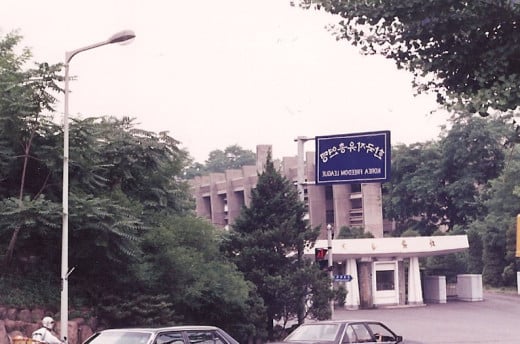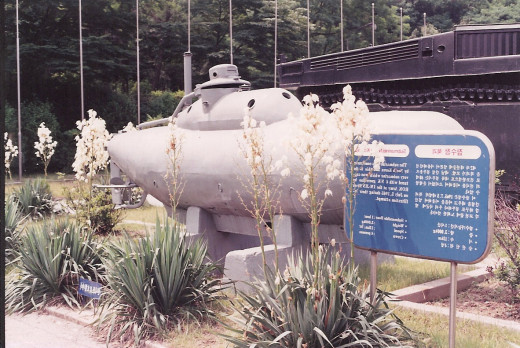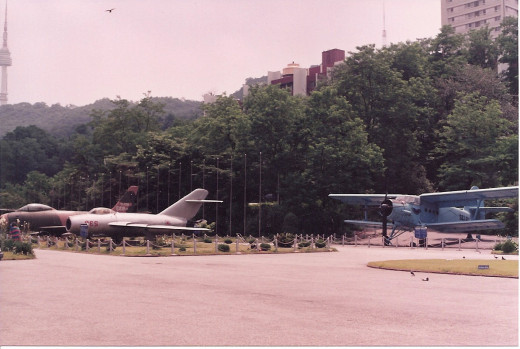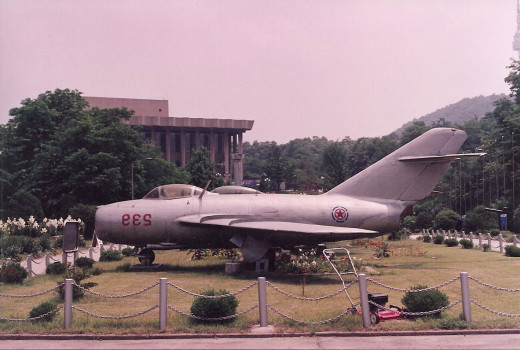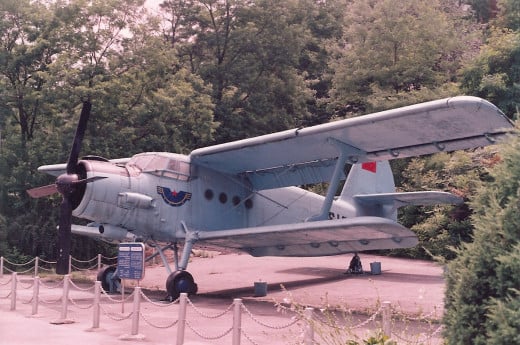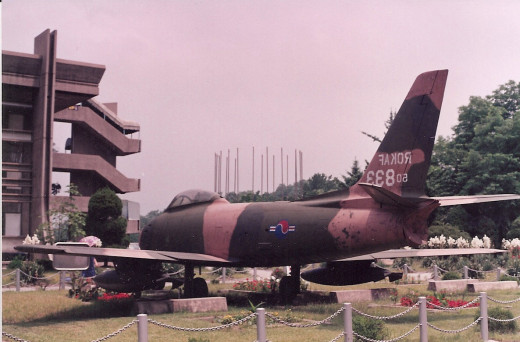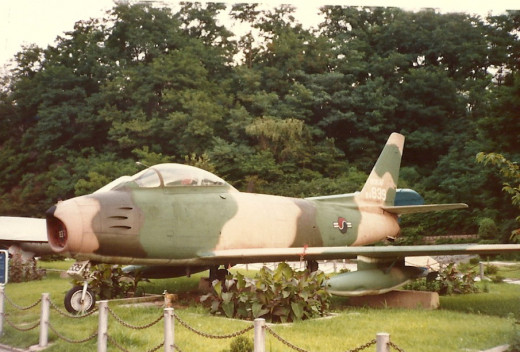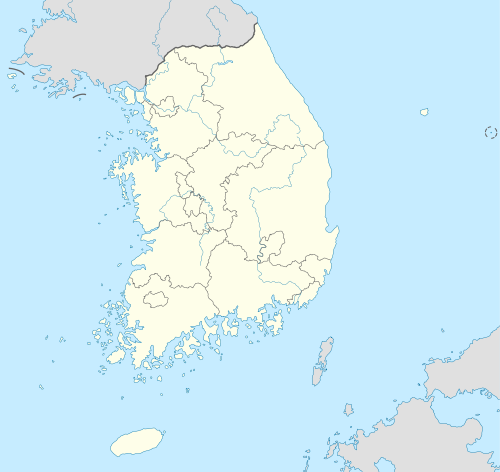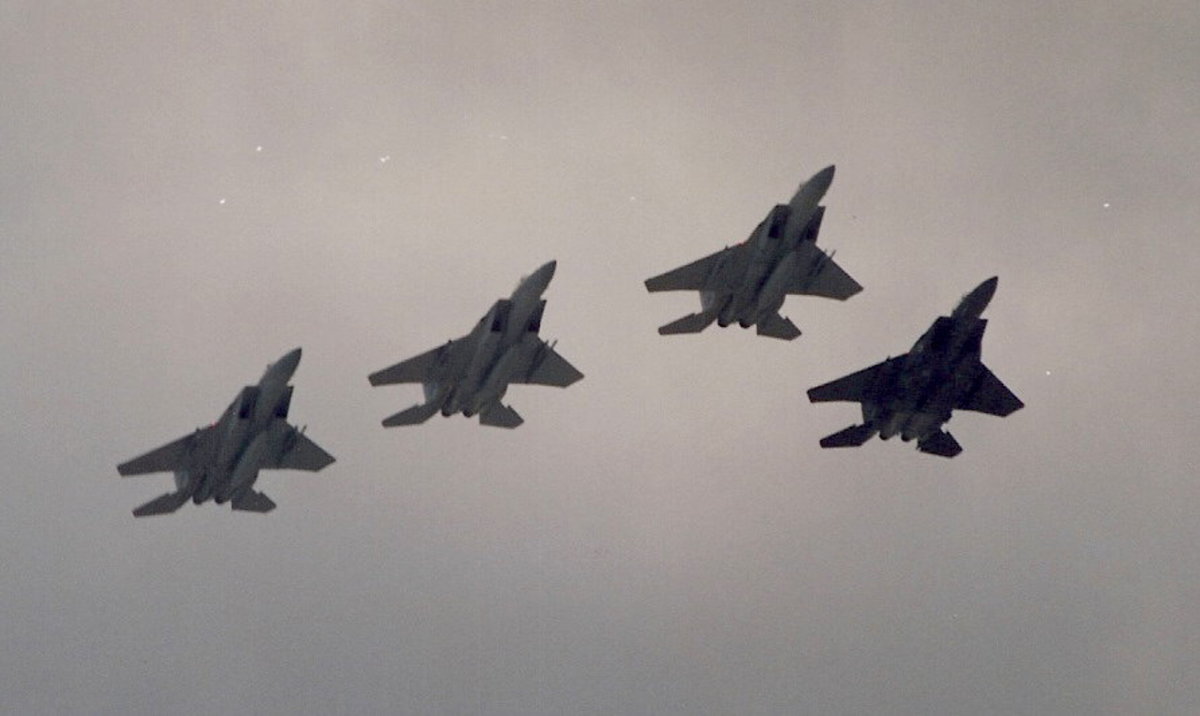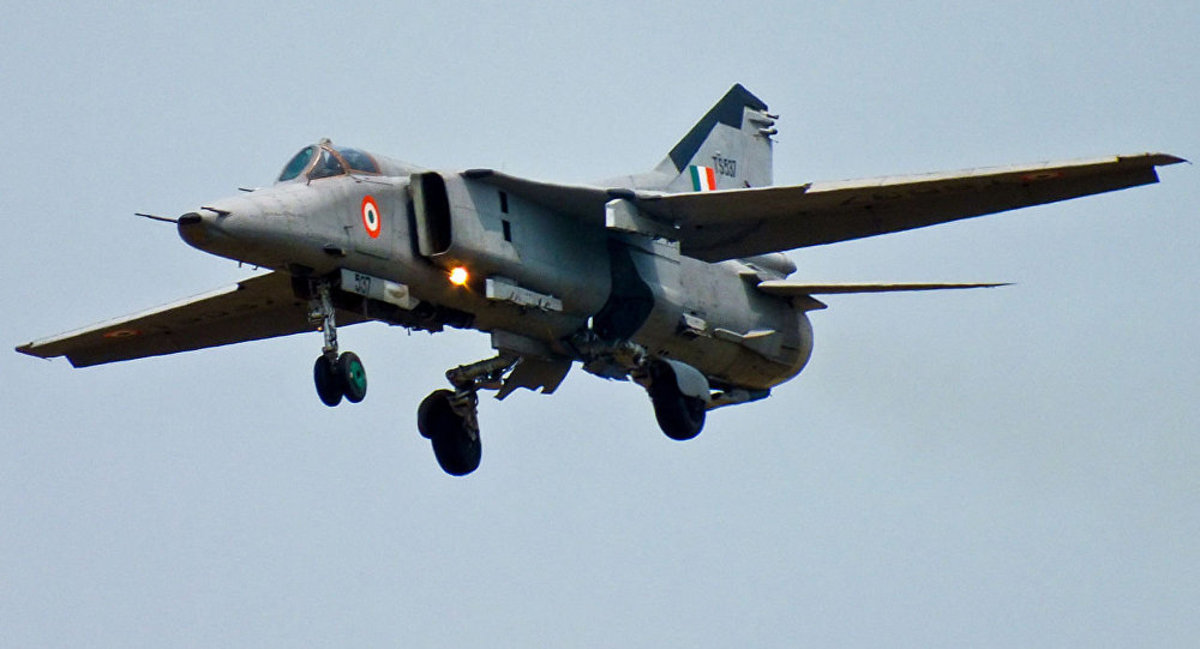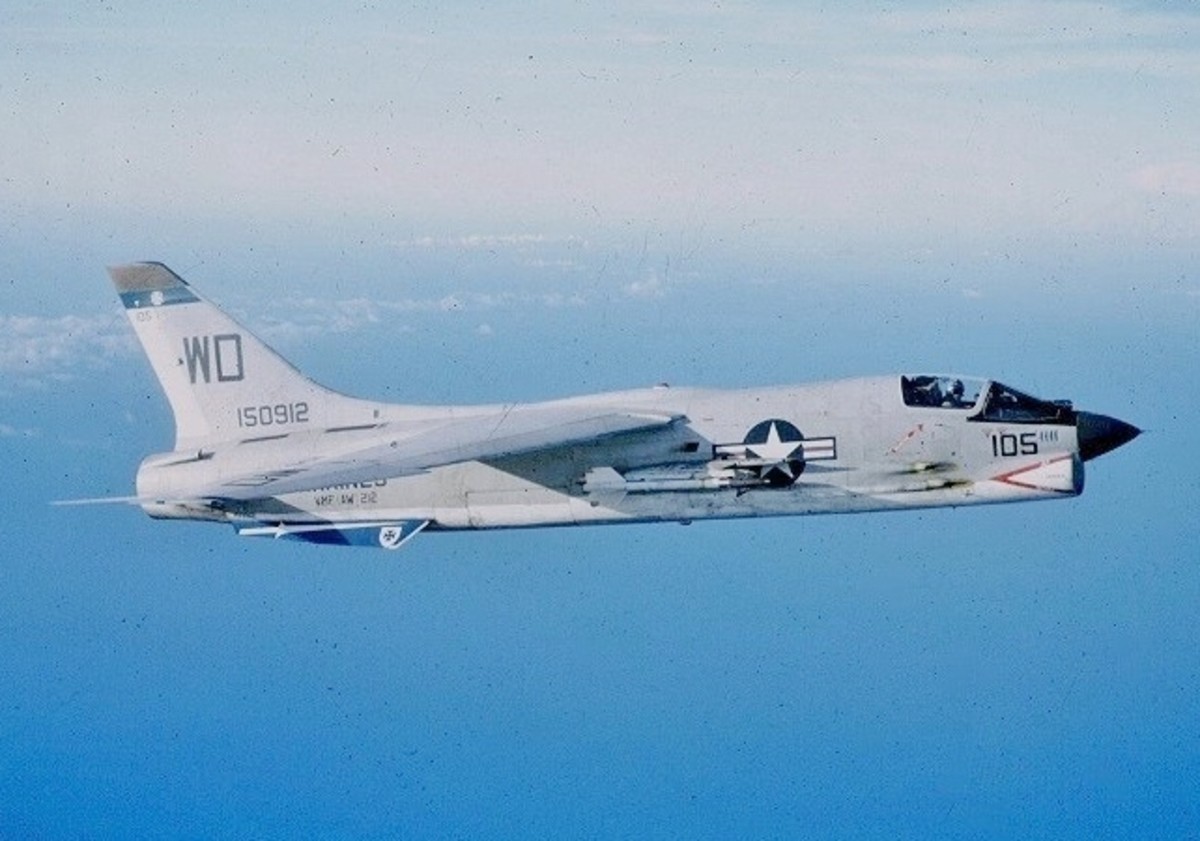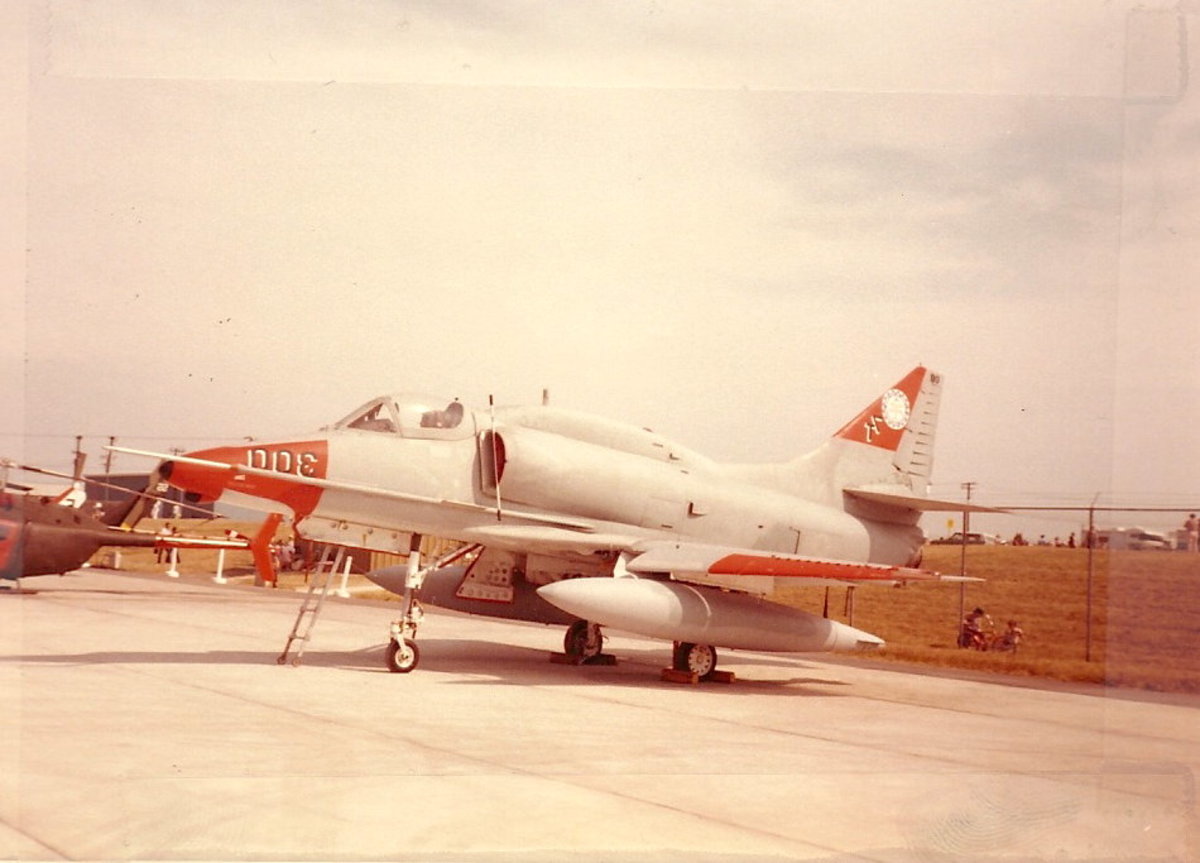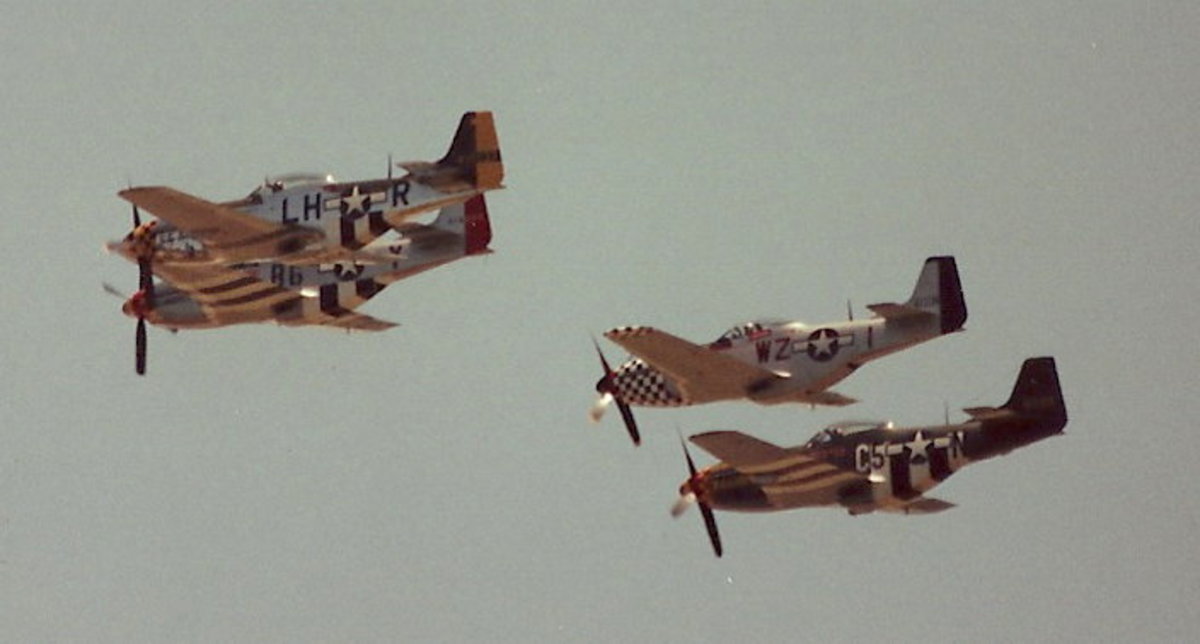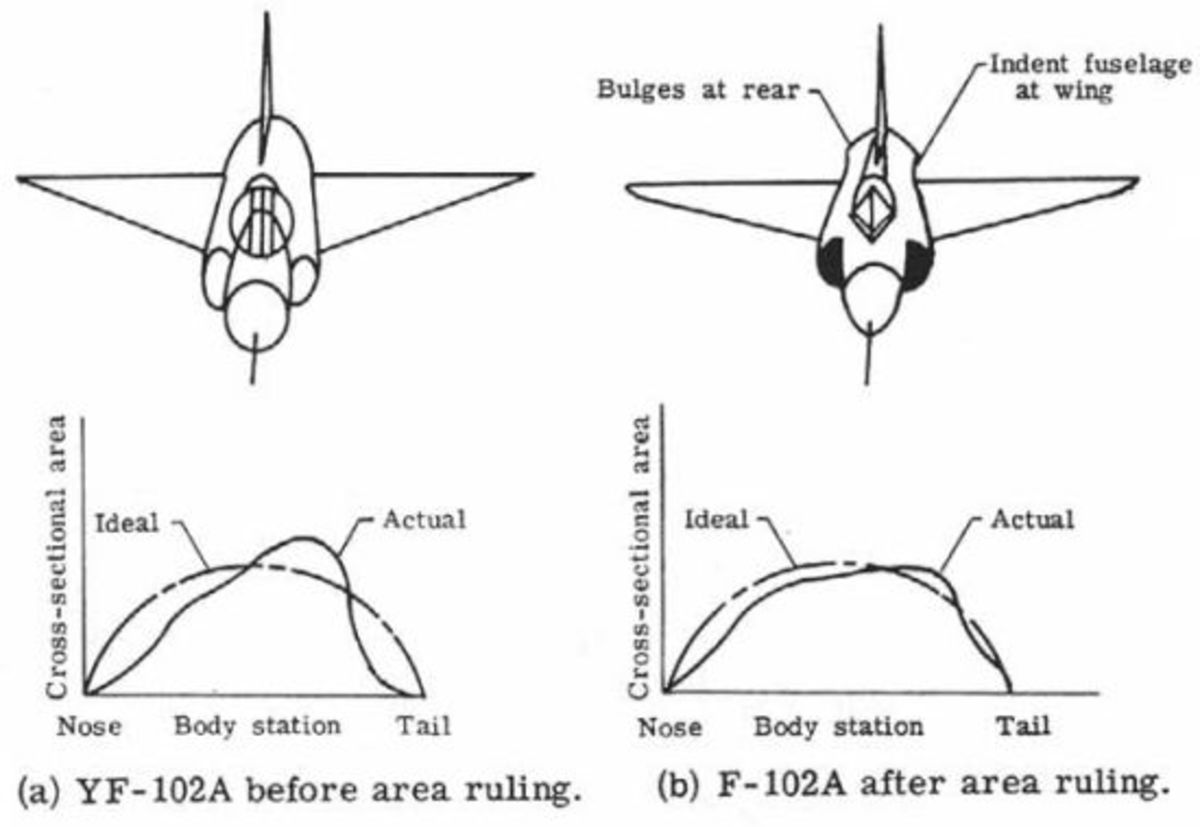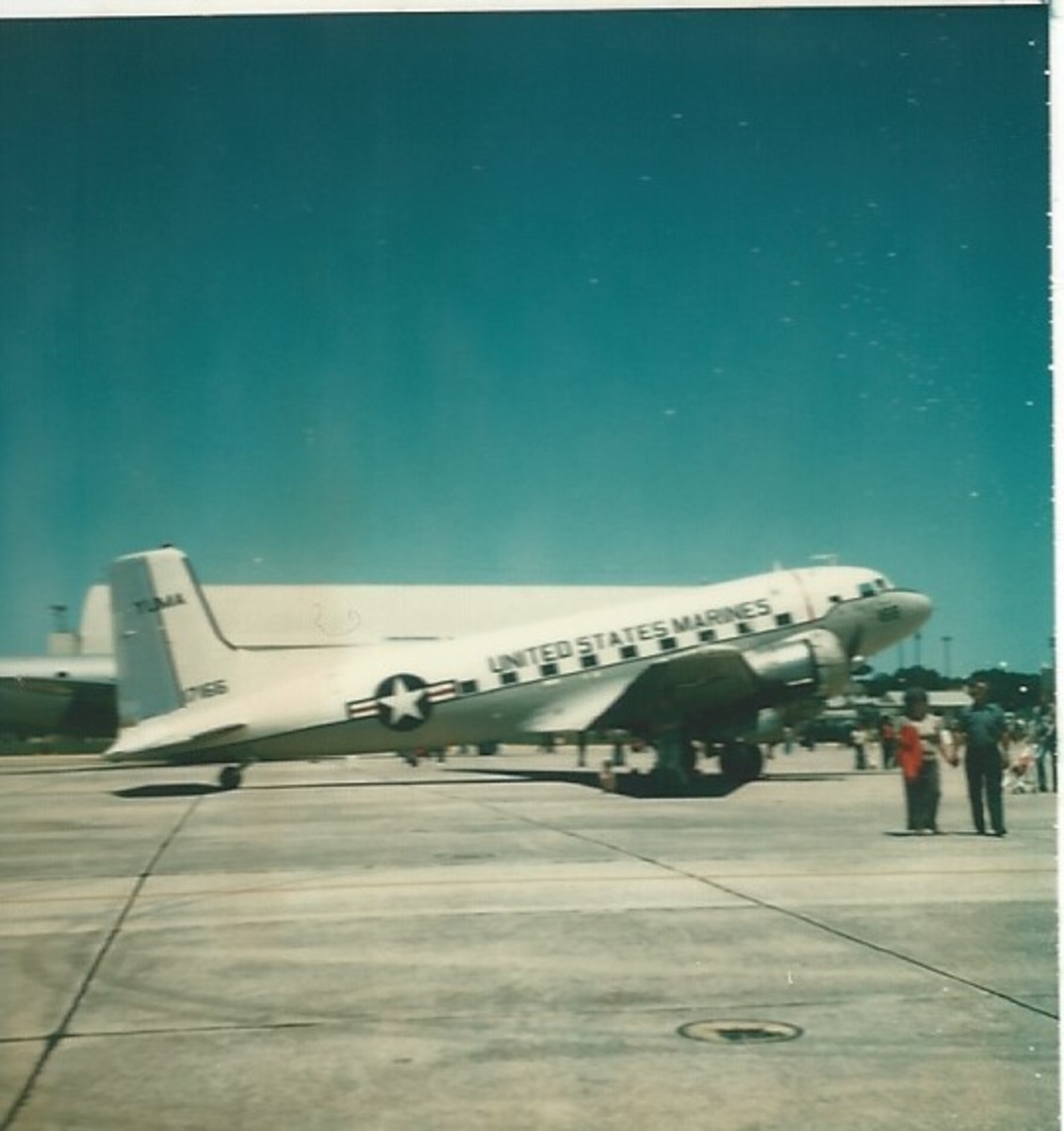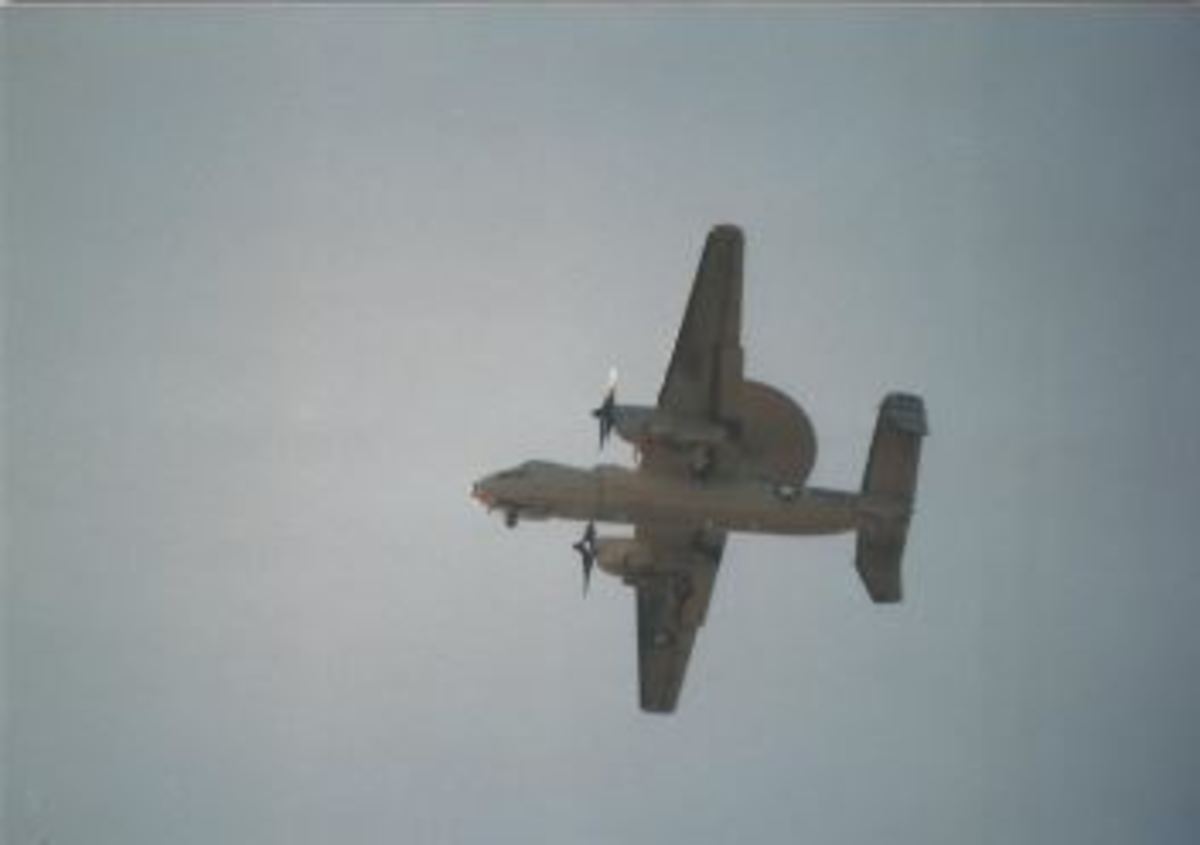- HubPages»
- Education and Science»
- History & Archaeology»
- Military History
The Korean Freedom League’s Display 1991
The Displays
Click thumbnail to view full-size








The Displays
In the 1980s through the early 1990s the Korea Freedom League had an outdoor display of Korean War vintage artifacts. The artifacts included a MiG-15. In December 1970 North Korean Air Force Major Park Soon Guk decided to defect. He flew his MiG-15 to the eastern shore of South Korea where he landed the aircraft on the sand. The Korea Freedom League had Major Park’s MiG-15 on display. Another aircraft it has on display was an An-2 from the People’s Republic of China. On September 15, 1961 So Hee Un and Co Yu Jung defected with this An-2 by flying it to the Republic of Korea’s Cheju Island. Another artifact is a North Korean mini-submarine captured by the Republic of Korean Army, along with 4 guerillas, on July 5, 1965 on the Im Jin River.
The display also had Republic of Korean military equipment. This included an F-86 with the tail number ROKAF 50-833. The U.S. supplied the Republic of Korea Air Force with F-86s after the truce but the U.S. Air Force used it as its main fighter throughout the Korean Conflict. They also had an F-51 Mustang. The U.S. supplied the Republic of Korea Air Force with Mustangs during the Korean conflict. The World War II vintage Mustang was used primarily for ground attack but Mustangs did get into some air-to-air combat.
About the Aircraft
Probably no military weapon systems personify the Korean Conflict more than the F-86 Sabre and MiG-15. Both aircraft were developed after World War II. Their performance figures were close. In the Korean Conflict the USAF F-86 pilots claimed 829 enemy aircraft, 811 of these were MiG-15s. The USAF lost 78 Sabres in combat.[i] The F-86 was the first aircraft to use Sidewinder missiles in combat. This happened on September 24, 1958. Nationalist Chinese Sabres shot down 10 People’s Republic of Chinese MiG-15s without loss. The F-86 also scored kills in the 1965 Indo-Pakistani War. Pakistan credits the F-86F with shooting down 31 Indian aircraft in that conflict. The F-86 shot down more enemy aircraft than any other jet in history.
The MiG-15 took part in the first jet-vs.-jet combat. This happened on November 8, 1950. USAF Lieutenant Russell J. Brown, flying a World War II vintage F-80, shot down a MiG-15. The MiG-15s drove the USAF B-29 Superfortresses from the daylight skies over North Korea. Officially the USAF lost 17 B-29s to enemy fighter. The actual number of B-29s lost to MiGs may be higher. The MiG-15s also fought in the 1956 Sinai conflict. It flew fighter and ground attack missions. On October 30, 1956 an Egyptian MiG-15 destroyed an Israeli Piper Cub on the ground. Later that day a MiG-15 fell to the guns of a Mystere IVA fighter piloted by Lieutenant Yoseef Tusk. Other MiG-15s damaged Tusk’s Mystere but he managed to fly it back to his base.[ii] Other MiG-15s fell to Mystere guns during the 1956 Sinai conflict.
The F-51 Mustang is more commonly known by the designation P-51. The P-51 gained its fame in World War II. When the U.S. Air Force became a separate service it changed the “P” for Pursuit designation to “F” for Fighter. During the Korean Conflict the F-51 served primarily as a ground attack aircraft. The F-51 was among the aircraft the U.S. gave to the fledgling Republic of Korea Air Force during the Korean Conflict. Mustang combat and the training of Republic of Korea Air Force pilots is dramatized in the movie “Battle Hymn”. Major Louis Sebille was awarded the Congressional Medal of Honor, posthumously, for intentionally crashing his F-51 into a North Korean half-track. There were a number of Mustang air victories. The last air victory was on June 20, 1951 when Lt. J.G. Harrison shot down a Yak-9. That day an F-51 fell to a MiG-15.[iii] The Mustangs flew throughout the Korean Conflict.
The Antonov An-2 Annushka, NATO code name Colt, is a single-engine light utility aircraft. Even in 1961 it looked as if it was an aircraft from a bygone era. The An-2 was in production from 1947 to 2002. That is the second longest production run of any aircraft. This rugged transport aircraft is still in operation in many places. It has been used as both a civilian and military aircraft. U.S. Navy F-4Bs shot down two An-2s on December 20, 1966. On January 12, 1968 three An-2s attacked a USAF site in Laos. An Air America UH-1, crewed by Ted Moore and Glen Wood, reportedly shot down one An-2 with an AK-47. Another An-2 crashed into a mountain after taking hits from the AK-47 on the UH-1 and ground fire.[iv] This would make the An-2 the only fixed wing aircraft shot down by a helicopter.
[i] Fighter Aces by Christopher Shores © The Hamlyn Publishing Group Limited 1975.
[ii] Fighters Over Israel by Lon Nordeen © 1990.
[iii] Fighting Mustang: The Chronicle of the P-51 by William N. Hess © 1970.
[iv] It Happened To Me, Soldier of Fortune magazine, October 1981.
MiG-15 vs F-86
MiG-15bis
| F-86
| |
|---|---|---|
Maximum Speed:
| 668 mph (1,075 kph) @ sea level
| 688 mph (1,107 km/h) @ sea level.
|
Cruising Speed:
| 589 mph (947 kph)
| 513 mph (826 km/h)
|
Service Ceiling:
| 50,900 ft (15,514 m)
| 48,000 ft (14,630 m)
|
Source:
Aviation History.com, last accessed 5/25/19.
This content is accurate and true to the best of the author’s knowledge and is not meant to substitute for formal and individualized advice from a qualified professional.
© 2014 Robert Sacchi
